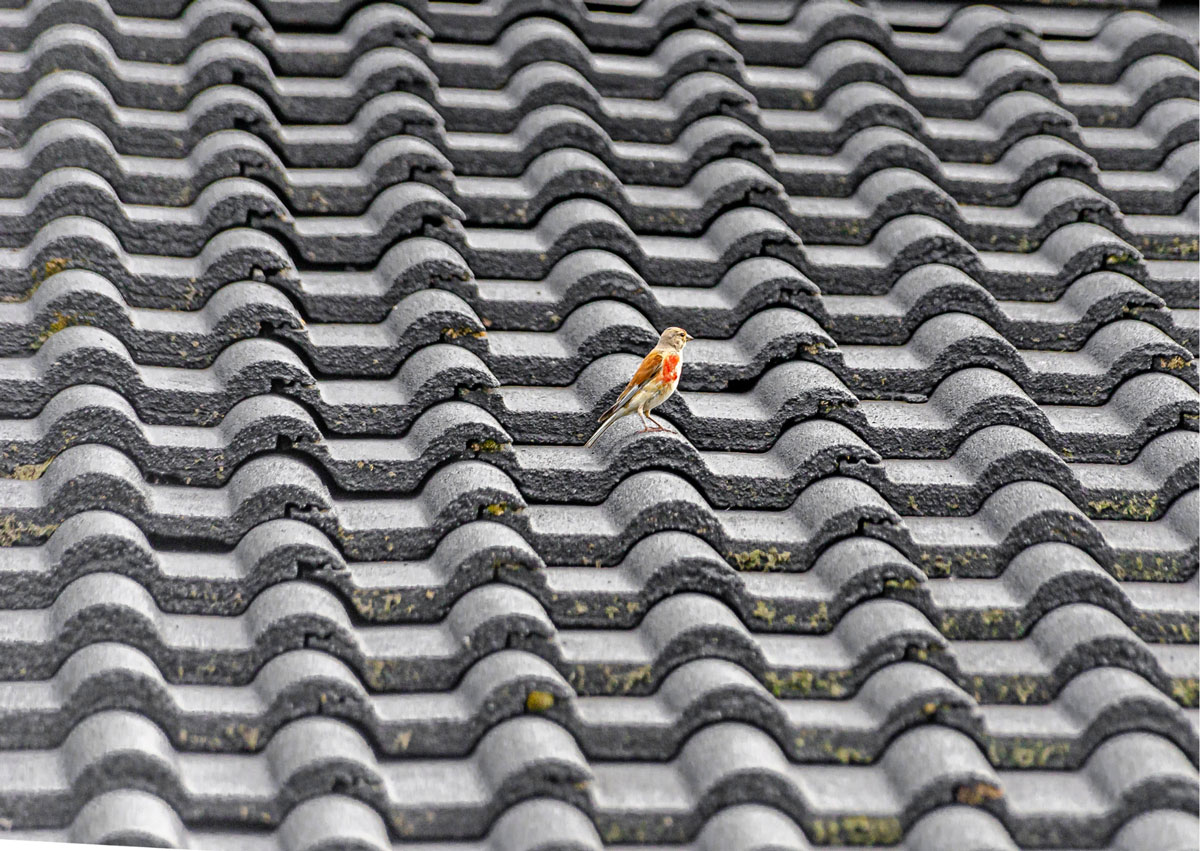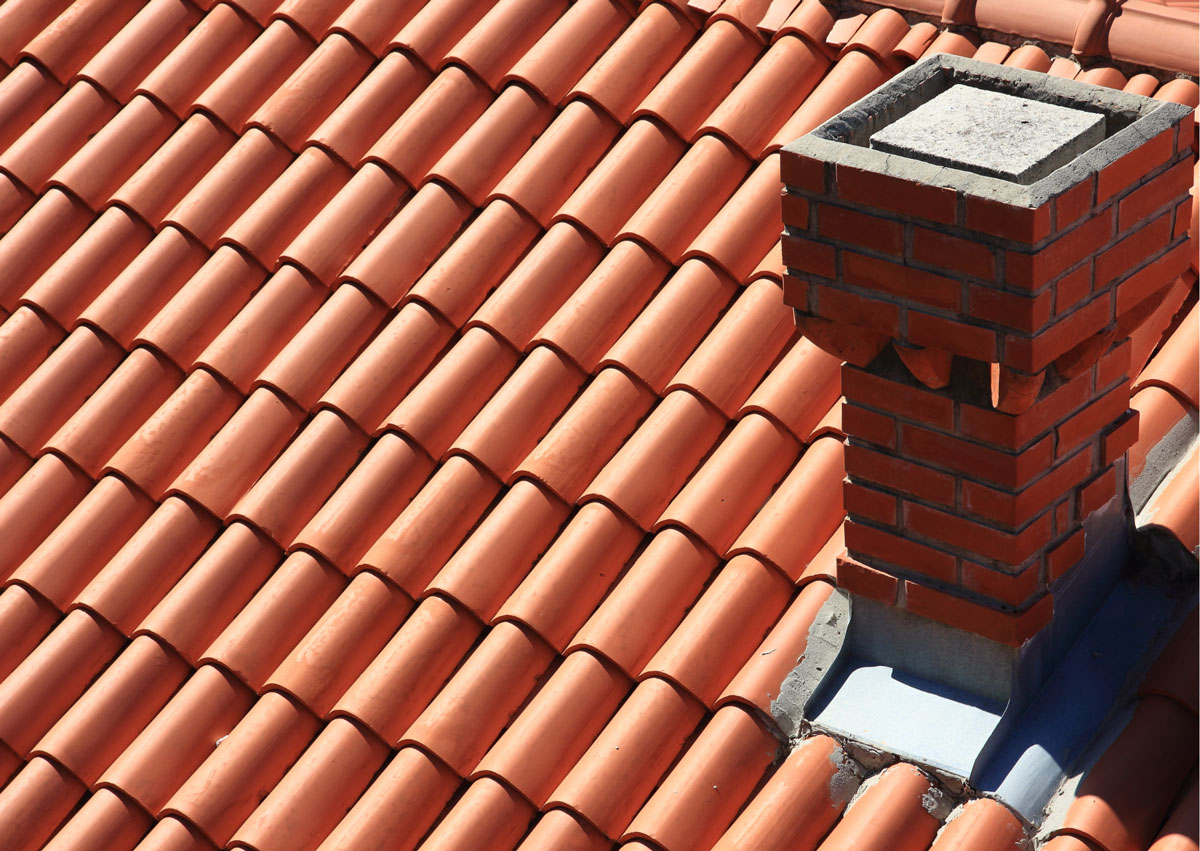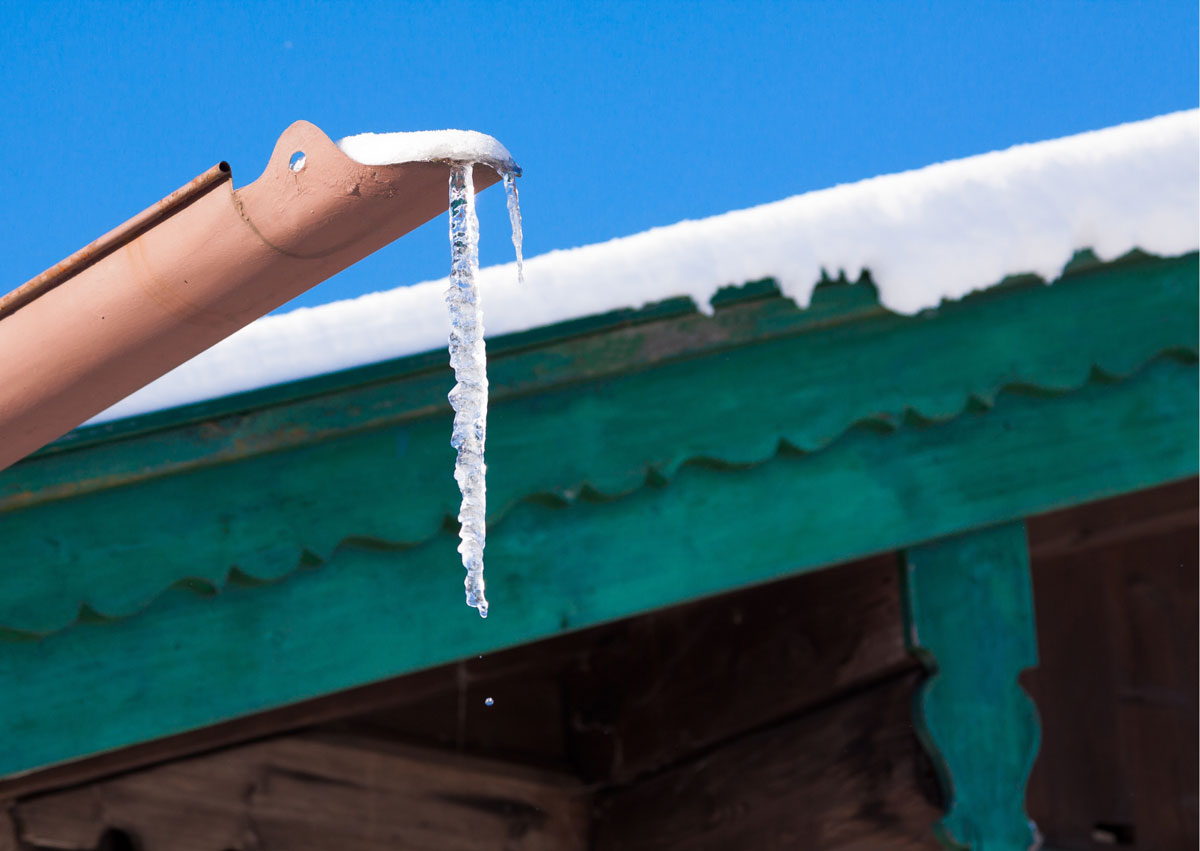Extreme weather conditions can cause damage and potentially lead to costly repairs. However, by taking the time to properly prepare your roof for extreme weather conditions, you can minimize the risk of damage and ensure that your home or business is protected.
Tips for Preparing Your Roof for Extreme Weather Conditions
Inspect your Roof Regularly
Regular inspections can help you identify any potential issues and address them before they become a problem during extreme weather. Look for missing or damaged shingles, cracks, or any signs of wear and tear.
It’s recommended to inspect your roof at least twice a year, ideally in the spring and fall, to catch any issues before they become more severe. Here are some tips to help you inspect your roof thoroughly:
Use a ladder to safely access your roof and wear appropriate safety gear, such as slip-resistant shoes and a safety harness.
Check for any missing or damaged shingles. Shingles that are cracked, curled, or buckled can allow water to seep through and cause damage to your roof and home. If you notice any damaged shingles, they should be replaced as soon as possible.
Look for any signs of wear and tear, such as moss or algae growth, which can indicate that your roof is deteriorating. If you notice these signs, it’s important to address them before they become more serious.
Check for any signs of water damage, such as water stains or discoloration on your ceiling or walls. This can indicate that water is leaking through your roof and needs to be addressed immediately.
Inspect your flashing, which is the metal strips that protect the seams and joints of your roof. Look for any signs of damage or rust, which can compromise the integrity of your roof.
Make sure that your gutters are clear of debris, such as leaves and branches, which can clog the gutters and prevent proper water flow.
If you notice any issues during your inspection, it’s important to address them promptly to prevent further damage. You can either make the repairs yourself if you have the necessary skills and equipment, or hire a professional roofing contractor to do the work for you.
Regular inspections are an essential part of maintaining your roof and protecting your home from extreme weather conditions. By taking the time to inspect your roof regularly and address any issues promptly, you can ensure that your roof is ready to withstand even the harshest weather conditions.
Related Post: Roof Extensions : Popular Roof Designs
Clear Debris
Debris like leaves, branches, and other materials can accumulate on your roof and in gutters, leading to clogs and potential water damage. Regularly clear your roof and gutters of debris to ensure proper water flow.
Clearing debris from your roof and gutters is an important step in maintaining the health and integrity of your roof, especially in preparation for extreme weather conditions. Here’s why:
Debris can clog your gutters: When leaves, branches, and other debris accumulate in your gutters, they can block the flow of water. This can lead to water pooling on your roof, which can cause damage over time. Additionally, clogged gutters can lead to water overflowing onto your home’s foundation, which can cause damage and leaks.
Debris can damage your shingles: Debris on your roof can scratch and damage your shingles over time. This can weaken your roof’s ability to protect your home from the elements and lead to leaks during extreme weather conditions.
Debris can attract pests: Debris on your roof and in your gutters can attract pests, such as rodents and insects, which can cause damage to your roof and home.
To clear debris from your roof and gutters, follow these steps:
Use a sturdy ladder and wear slip-resistant shoes to safely access your roof and gutters.
Remove any large debris, such as branches, by hand or with a rake.
Use a leaf blower or a hose to clear smaller debris, such as leaves and dirt, from your roof and gutters.
Make sure to direct the debris away from your home’s foundation.
Check your gutters for any remaining debris and use a trowel or scoop to remove it.
It’s important to clear debris from your roof and gutters regularly, especially before extreme weather conditions, to prevent potential damage and keep your roof in good condition. If you’re not comfortable doing this yourself, consider hiring a professional roofing contractor to do it for you.
Related Post: Tips to find the Best Roofing Contractor
Reinforce Weak Points
Identify any weak points on your roof and reinforce them before extreme weather conditions hit. This can include adding extra support to areas that are prone to damage or securing loose shingles.
Reinforcing weak points on your roof is a crucial step in preparing your roof for extreme weather conditions. Here are some tips on how to identify and reinforce weak points:
Identify weak points: Start by examining your roof and looking for areas that may be prone to damage during extreme weather conditions. Common weak points include areas around skylights, vents, chimneys, and valleys where two roof planes meet.
Add extra support: Once you’ve identified weak points, consider adding extra support to these areas. This may involve installing additional braces or supports to reinforce the structure of your roof. You may also need to add extra fasteners to secure roof components in place.
Secure loose shingles: Loose or damaged shingles can be a weak point in your roof, especially during high winds. If you notice any loose or damaged shingles, secure them in place with roofing cement or replace them entirely.
Check flashings: Flashings are the metal pieces that protect the areas where your roof meets other structures, such as chimneys and vents. Make sure your flashings are properly secured and free from damage or corrosion.
Reinforcing weak points on your roof can help prevent damage and leaks during extreme weather conditions. If you’re not comfortable doing this yourself, consider hiring a professional roofing contractor to inspect your roof and make any necessary reinforcements. A professional can also provide advice on other steps you can take to prepare your roof for extreme weather conditions.
Related Post: How to Clean a Shower Drain and Prevent unwanted Odor?
Trim Overhanging Branches
Overhanging branches can cause damage to your roof during strong winds and heavy rain or snow. Trim any branches that are too close to your roof to minimize potential damage.
Here are some tips to help you trim branches safely and effectively:
Identify overhanging branches: Look for any branches that hang over your roof or are too close to the roof’s surface. Branches that are too close to your roof can scratch or damage your roof during high winds or heavy rain or snow.
Trim branches back: Use a pair of pruning shears or a handsaw to trim the branches back to a safe distance from your roof. Ideally, you should trim branches back so that they are at least 6 feet away from your roof. Make sure to trim the branches at the point where they meet the main branch or trunk to avoid leaving stubs that can attract pests or disease.
Hire a professional: If you have large or hard-to-reach branches, or if you’re not comfortable trimming branches yourself, consider hiring a professional tree service to do the job for you. They have the proper equipment and training to trim branches safely and effectively.
Trimming overhanging branches can not only help prevent damage to your roof during extreme weather conditions, but it can also improve the overall health and appearance of your trees. Make sure to inspect your roof regularly and trim any overhanging branches as necessary to keep your roof in good condition.
Install a Protective Layer
Consider installing a protective layer on your roof, such as a waterproof membrane or metal flashing, to prevent water damage and protect against extreme weather conditions.
Here are some options to consider:
Waterproof membrane: A waterproof membrane is a thin, self-adhesive layer that is applied to the surface of your roof. It creates a watertight seal that can help prevent leaks and water damage. Some waterproof membranes are designed to be UV-resistant, which can help protect against damage from the sun’s rays. A waterproof membrane is especially useful for flat or low-slope roofs, where water can pool and cause damage.
Metal flashing: Metal flashing is a thin sheet of metal that is installed at the edges and seams of your roof to prevent water from seeping in. It’s commonly used around chimneys, skylights, and vents, where the roof meets a vertical surface. Metal flashing can help protect against wind-driven rain and snow, and it’s also fire-resistant.
Ice and water shield: An ice and water shield is a type of waterproof membrane that is designed to be used in areas with heavy snow and ice. It’s installed along the eaves of your roof, where ice dams are most likely to form. An ice and water shield can help prevent water from seeping under your roof shingles and causing damage to your roof deck.
It’s important to note that installing a protective layer on your roof is a job best left to professionals. A roofing contractor can help you determine the best type of protective layer for your roof and install it properly to ensure maximum protection against extreme weather conditions.
Hire a Professional
If you’re not comfortable performing these tasks yourself, or if you want to ensure that your roof is fully prepared for extreme weather conditions, consider hiring a professional roofing contractor. They can perform a thorough inspection of your roof and make any necessary repairs or upgrades to ensure that it’s ready to withstand even the harshest weather conditions.
Hiring a professional roofing contractor can give you peace of mind and ensure that your roof is fully prepared for extreme weather conditions. A professional roofing contractor has the experience, expertise, and tools necessary to perform a thorough inspection of your roof and identify any potential issues. They can also make any necessary repairs or upgrades to reinforce your roof and ensure that it’s ready to withstand even the harshest weather conditions.
A professional roofing contractor can also help you choose the right materials and protective layers to install on your roof to provide maximum protection against extreme weather. They can provide recommendations based on your specific needs and budget, and ensure that everything is installed correctly and to code.
Additionally, a professional roofing contractor can save you time and money in the long run by identifying and addressing issues early on, before they become more serious and expensive to repair. They can also provide regular maintenance services to keep your roof in top condition and extend its lifespan.
Overall, hiring a professional roofing contractor is a wise investment in the protection and longevity of your home.
By taking these steps to prepare your roof for extreme weather conditions, you can minimize potential damage and ensure that your home or business is protected during even the most severe weather events. Remember, proper preparation is key to protecting your property and ensuring your safety during extreme weather conditions.





